How to Replace Brake Pads and Rotors: Step-by-Step DIY Guide
By Md Monirul Islam
Published: Mar 27, 2025
Share the post
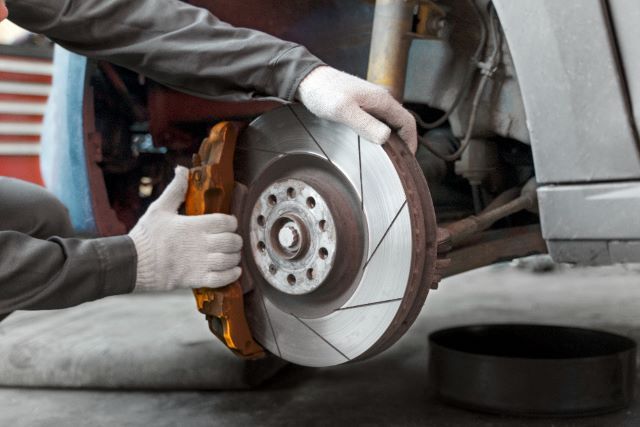
Table of contents
Tired of loud, squeaky brakes? You don’t need a mechanic—fix it yourself in minutes! With just a few basic tools and our step-by-step guide, you’ll silence brake noise, save money, and enjoy a smoother ride. Here’s how to do it safely and effectively.
In this guide, we’ll walk you through the entire process, from understanding your brake system to step-by-step installation. Plus, we’ll recommend some of the best brake pads and rotors on the market.
UPDATED ON MARCH 27, 2025, WITH THE LATEST PRODUCTS AND TESTING RESULTS TO KEEP YOU INFORMED ABOUT THE BRAKE PADS AND ROTORS.
Understanding Your Brake System: Components, Types & Common Issues
Before attempting a brake pad and rotor replacement, it's crucial to understand how your vehicle's braking system works. Your car's brakes are one of the most critical safety components, and knowing the key parts, their functions, and common failure signs will help you make informed repair decisions.
Primary Function of Brake Pads
Brake pads are the key part of your disc brake system. They create friction to turn your car’s motion into heat, slowing it down and stopping it. When you hit the brake pedal, hydraulic pressure pushes the pads against the spinning rotors. This friction is what safely and smoothly brings your car to a stop.
Types of Brake Pads
Three main types dominate the market: Ceramic (quiet, low-dust), Semi-Metallic, and Organic. Choose ceramic for daily driving, semi-metallic for towing, sporty use, and organic for light-duty applications. Each offers different trade-offs in noise, dust, and stopping power.
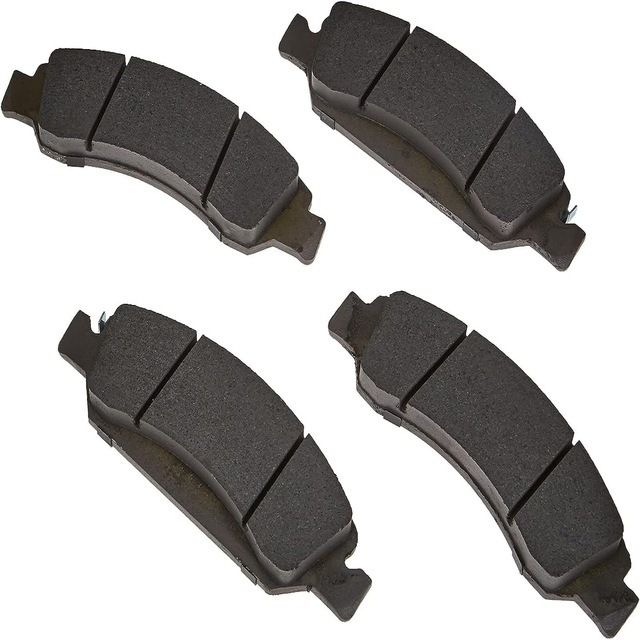
Ceramic Brake Pads
Pros: Quiet operation, low brake dust, long-lasting, and low noise. Great for daily driving.
Cons: Need warming up for optimal performance, making them less suited for cold weather or heavy-duty use.
Best For: Best for daily commuting, offering reliable, safe, and quiet braking. Great for regular driving.
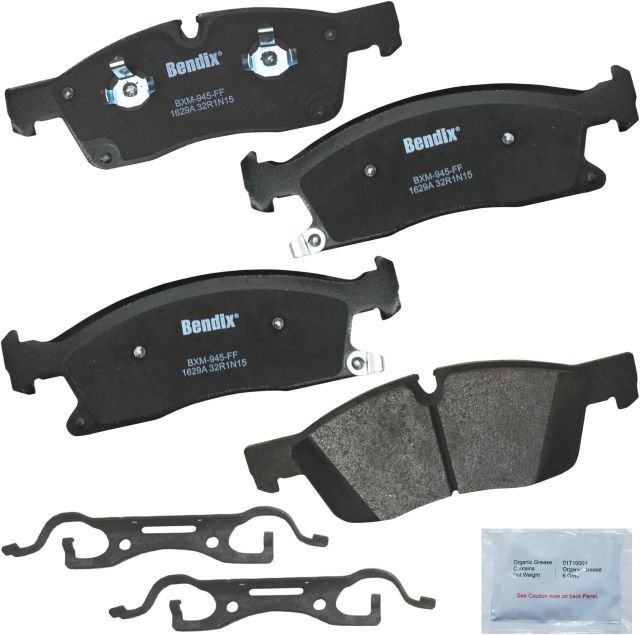
Semi-Metallic Brake Pads
Pros: Strong braking and heat resistance. Safer with less fade and steady performance.
Cons: Limited vehicle compatibility may not suit all makes or models.
Best For: High-performance driving, specific vehicle compatibility, and daily commutes with demanding conditions. Suitable for performance vehicles.
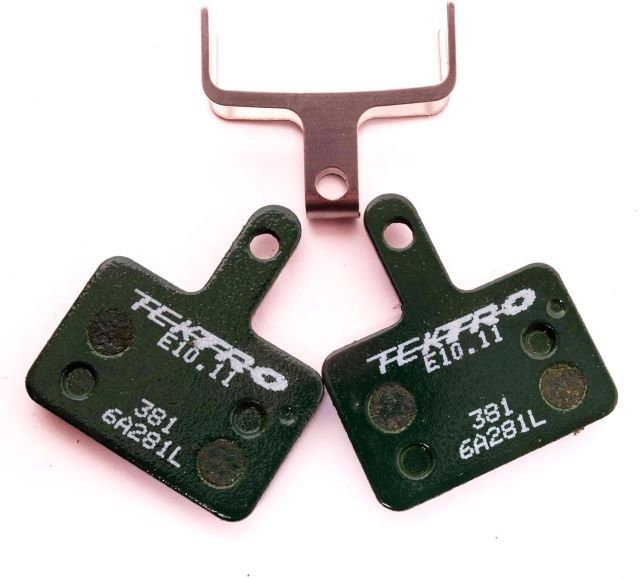
Organic Brake Pads
Pros: Powerful braking, high performance, and easy to install with long-lasting durability.
Cons: Limited to specific Tektro models, not universally compatible.
Best For: Everyday riders seeking quiet, reliable braking. Easy maintenance and cost-effective longevity. Best for light driving situations.
Types of Brake Rotors
Brake rotors come in three main types, each suited for different needs. Solid rotors are affordable and standard for daily driving. Vented rotors have internal cooling channels to prevent overheating, ideal for frequent stops. Drilled and slotted rotors offer maximum performance—perfect for heavy-duty or high-speed braking, with slots that dissipate heat and clear debris.
- Solid Rotors – Basic, affordable, and common in everyday vehicles.
- Vented Rotors – Feature internal cooling channels, preventing overheating.
- Drilled and Slotted Rotors – Designed for performance and heavy-duty use, offering better cooling and debris removal.
Common Brake Problems
Brake systems develop several common issues that affect performance and safety. Squealing brakes typically signal worn brake pads, glazed rotors, or debris trapped between pads and rotors—requiring pad replacement or rotor resurfacing. Warped rotors, often caused by excessive heat or improper torque, create steering wheel vibrations during braking and usually demand rotor replacement. Brake dust accumulation, most noticeable with semi-metallic pads, coats wheels with black residue; while normal, excessive dust may indicate aggressive driving or low-quality pads. Addressing these early prevents costly repairs—like caliper damage from ignored worn pads—and ensures optimal stopping power. For persistent noises or vibrations, consult a mechanic to rule out stuck calipers or hydraulic issues.
Best 5 Brake Pads and Rotors: Features, Reviews, and Recommendations
| Products |
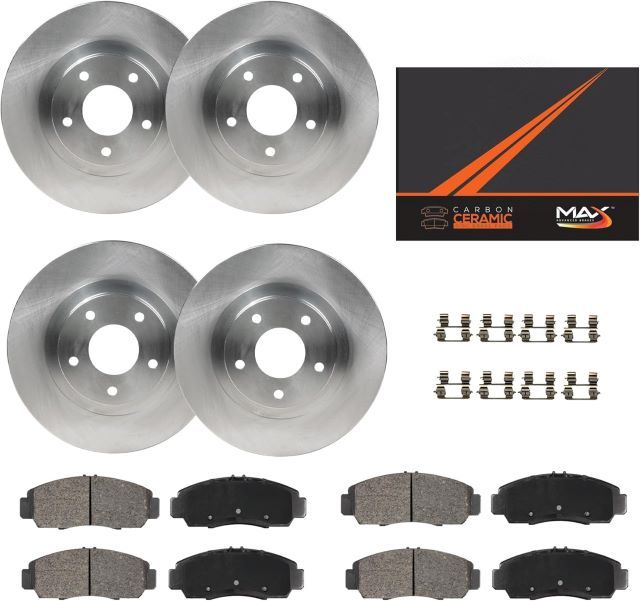
Max Advanced |
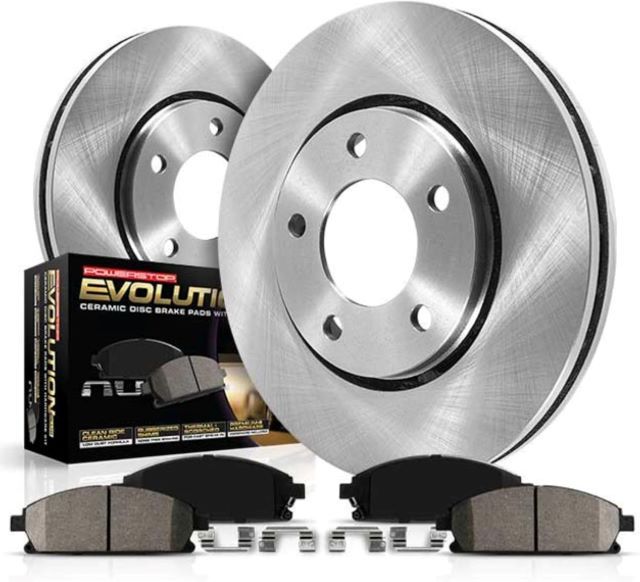
Power Stop |
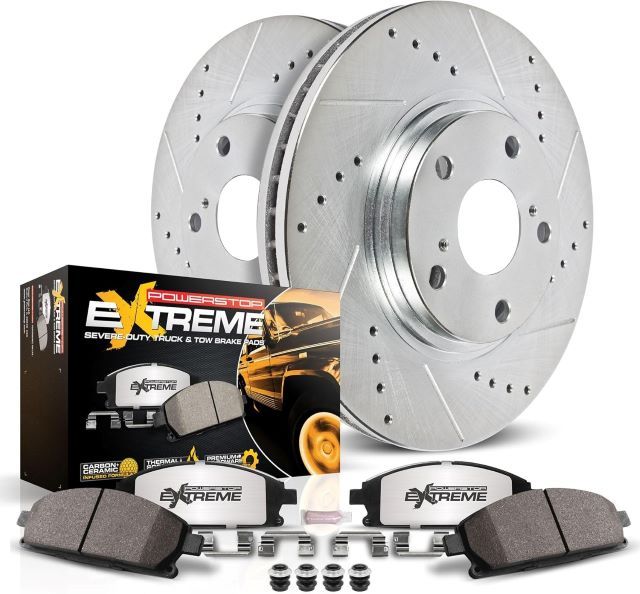
Power Stop |
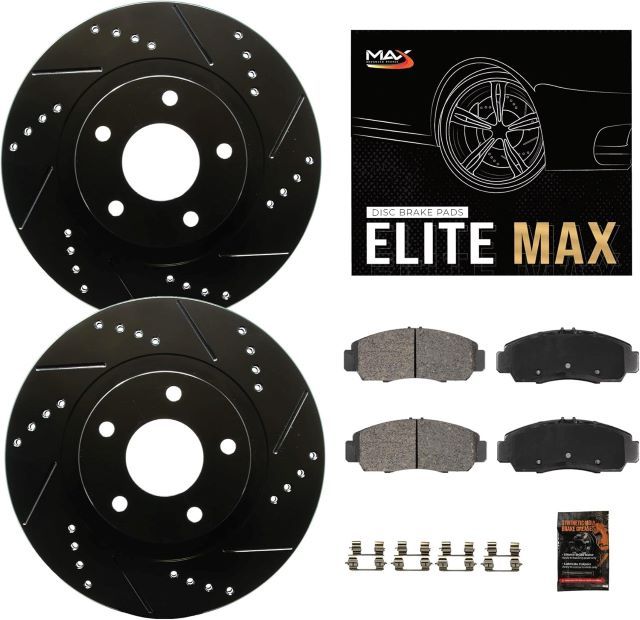
Max Advanced |
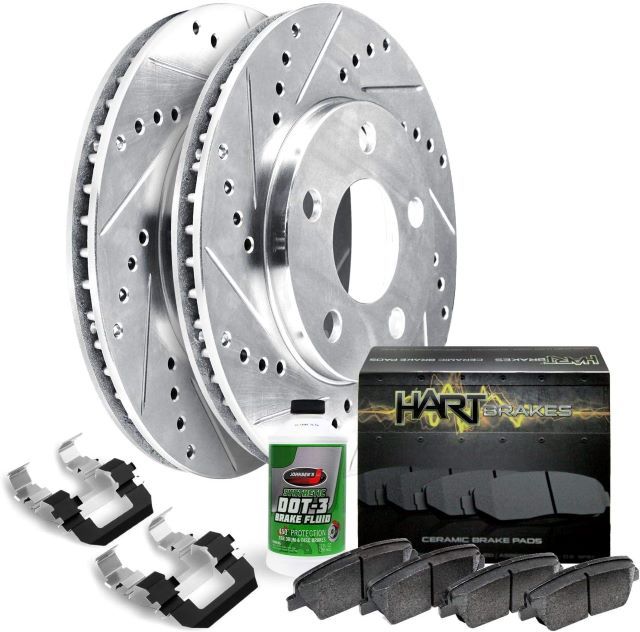
Hart Brakes |
|---|---|---|---|---|---|
| Rating | ★★★★☆ | ★★★★★ | ★★★★☆ | ★★★★★ | ★★★★☆ |
| Price | Check price | Check price | Check price | Check price | Check price |
| Orientation | Dual | Front | Front | Front | Front |
| Vehicle Type | Car | Van, Car, Truck | Truck | Truck | Car, Truck, Suv |
| Item Weight | 42.2 pounds | 34.6 pounds | 41.4 pounds | 46.5 pounds | 25.4 pounds |
| Product Dimensions | 18 x 14 x 7 inches | 14 x 14 x 12 inches | 14 x 14 x 10 inches | 18 x 14 x 7 inches | 12 x 12 x 8 inches |
| Country of Origin | USA | USA | USA | USA | USA |
| See More Details | More Details | More Details | More Details | More Details | More Details |
Essential Tools & Materials for Brake Replacement
Before starting your brake job, gather these must-have items: A floor jack and sturdy jack stands (never work under a car supported by just a jack!), lug wrench and socket set for wheel removal, C-clamp or caliper tool to retract pistons, and a torque wrench for proper bolt tightening. Don't forget brake cleaner to degrease components and brake grease to prevent squeaks—plus gloves and safety glasses for protection.
For parts, choose between ceramic pads (ideal for quiet daily driving) or semi-metallic pads (better for performance), and consider upgrading to drilled/slotted rotors if you need improved heat dissipation. We recommend quality options like Brembo ceramic pads for smooth stops and Power Stop rotors for SUVs.
Safety Precautions
Before you start, prioritize safety:
- Always use jack stands to support the car—never rely on a jack alone.
- Wear protective gloves and safety glasses to prevent injuries.
- Work on a flat, stable surface to avoid accidents.
Step-by-Step Guide: How to Replace Brake Pads and Rotors
Replacing brake pads and rotors requires careful attention to detail. Follow these steps to ensure a smooth process and maintain safe vehicle braking.
Step 1: Lift & Secure the Vehicle
Use a hydraulic jack to lift the car and place jack stands under secure points. Never work under an unsupported car.
Step 2: Remove the Wheel
Loosen and remove the lug nuts using a lug wrench or impact wrench, then take off the wheel to access the brakes.
Step 3: Inspect the Brake Components
Check the condition of the rotors, calipers, and brake pads. If the rotor surface is uneven or shows deep grooves, replace it.
Step 4: Remove the Caliper and Old Brake Pads
- Use a socket wrench to remove the caliper bolts.
- Gently slide the caliper off and hang it using a bungee cord to prevent strain on the brake line.
- Pull out the old brake pads.
Step 5: Remove and Replace the Rotor (If Needed)
Step 6: Install the New Brake Pads
- Apply brake grease to the back of the new pads to reduce noise.
- Insert the new brake pads into the caliper bracket.
Step 7: Reassemble the Caliper and Wheel
- Compress the caliper piston using a brake caliper tool before reinstalling it.
- Reattach the caliper and tighten all bolts.
- Put the wheel back on and torque the lug nuts properly.
Replacing brake pads and rotors demands precision—lift the vehicle securely, remove the wheel, and inspect all brake components thoroughly. Disassemble the caliper, replace the pads and rotor as needed, then reassemble everything with care. Follow these steps to ensure a smooth process and keep your vehicle braking safely.
Troubleshooting and Maintenance
After replacing your brake pads and rotors, proper troubleshooting and maintenance are key to ensuring optimal performance and longevity. If your brakes squeal after installation, double-check that brake grease was applied correctly to the back of the pads to minimize noise. A soft brake pedal may indicate air in the system, so bleed the brake lines to restore firmness.
For reduced brake dust, consider using ceramic brake pads, which produce less buildup than other materials. To break in new pads, perform gentle stops from 30-40 mph, allowing them to seat properly. Regularly check brake fluid levels and clean the rotors and calipers to prevent excessive dust accumulation, ensuring your braking system remains efficient and reliable.
Cost Savings and Benefits
A typical brake job at a repair shop can cost between $300-$800 per axle, while DIY brake replacement costs $100-$250 depending on the parts you choose. Doing it yourself not only saves money but also builds valuable mechanical skills.
FAQ
1. How often should I replace brake pads and rotors?
Brake pads typically last 30,000-70,000 miles, while rotors can last 50,000-100,000 miles, depending on driving habits.
2. How do I know if my rotors need replacing?
If you feel vibrations or hear a grinding noise while braking, your rotors might be warped or worn.
3. Can I replace brake pads without replacing rotors?
Yes, if your rotors are still in good condition. However, if they’re worn or warped, replacing them is recommended.
4. Do I need to bleed brakes after replacing pads and rotors?
No, unless you opened the brake fluid lines. However, if the pedal feels spongy, bleeding the brakes may help.
5. Why are my new brakes squeaking?
New brakes may squeak due to brake dust, lack of lubrication, or the bedding-in process. It usually goes away after a few drives.
Replacing your own brake pads and rotors is a great way to save money and gain hands-on car knowledge. With the right tools and this guide, you can tackle the job confidently.
Ready to give your car the stopping power and safety it needs? Check out our recommended brake pads and rotors for a smoother, more reliable ride!
Related Products
Related Posts

Choosing the Right Wheels & Tires: Understanding Sizes, Offsets & More
Overwhelmed by wheel and tire choices? This guide simplifies the process, covering sizes, offsets, performance, and budget to help you find the perfect fit for your car.
By Md Monirul Islam
Published: Feb 13, 2025
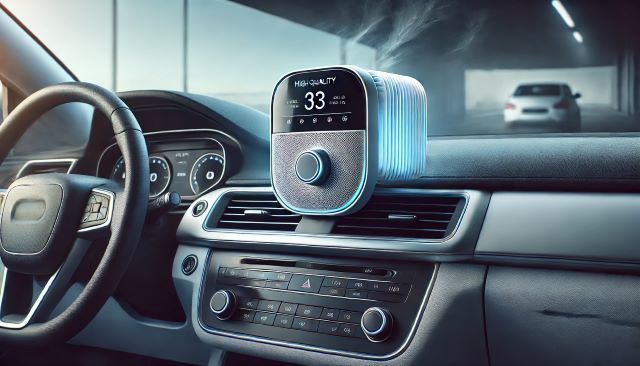
Best Car Air Purifiers | Top Picks for Clean Air on the Go
Looking for the best car air purifier? Explore our ultimate guide to find top-rated options, key features, and expert tips to improve air quality in your vehicle.
By Md Monirul Islam
Published: Mar 19, 2025

Top Accessories of Car to Elevate Your Driving Experience
Find the best accessories of car to enhance comfort, style, and functionality. From smart electronics to practical upgrades, find everything you need for your car in one place!
By Md Monirul Islam
Published: Nov 8, 2024

Top Engine Oil Picks: Ratings, Comparisons & Buying Guide
Choose the best engine oil for your vehicle with our comprehensive guide. Compare top-rated brands, read expert reviews, and find the perfect engine oil for performance, longevity, and value.
By Md Monirul Islam
Published: Mar 21, 2025
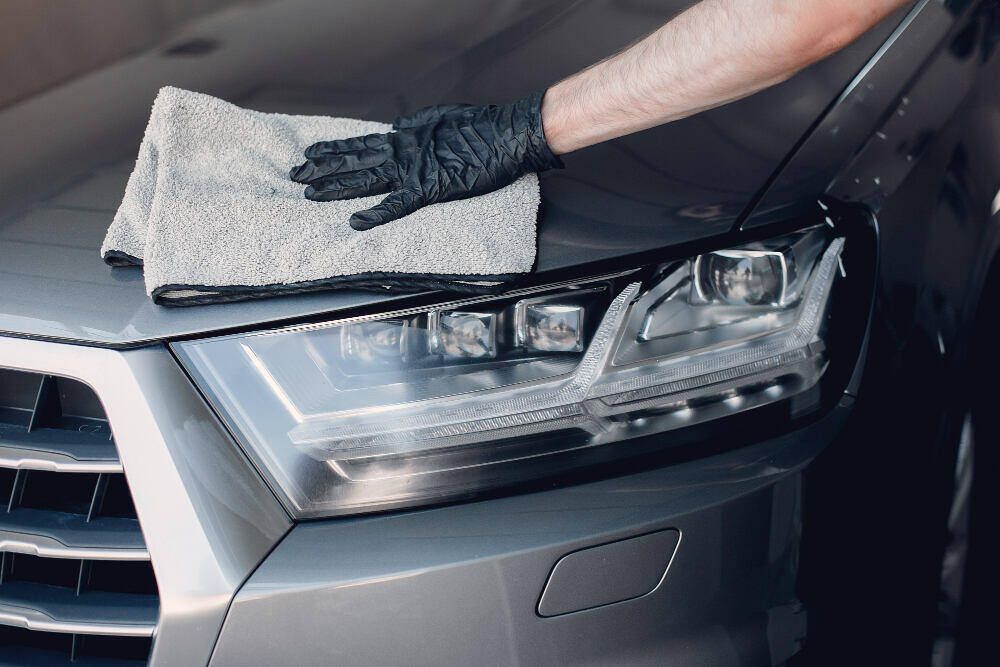
Auto Detailing | Costs & Prices Explained
In just 2 minutes, you can get an advanced idea about auto detailing. This blog gives you organized analytical data for price ideas. It will help resolve all your auto detailing-related issues.
By Md Monirul Islam
Published: Nov 15, 2024
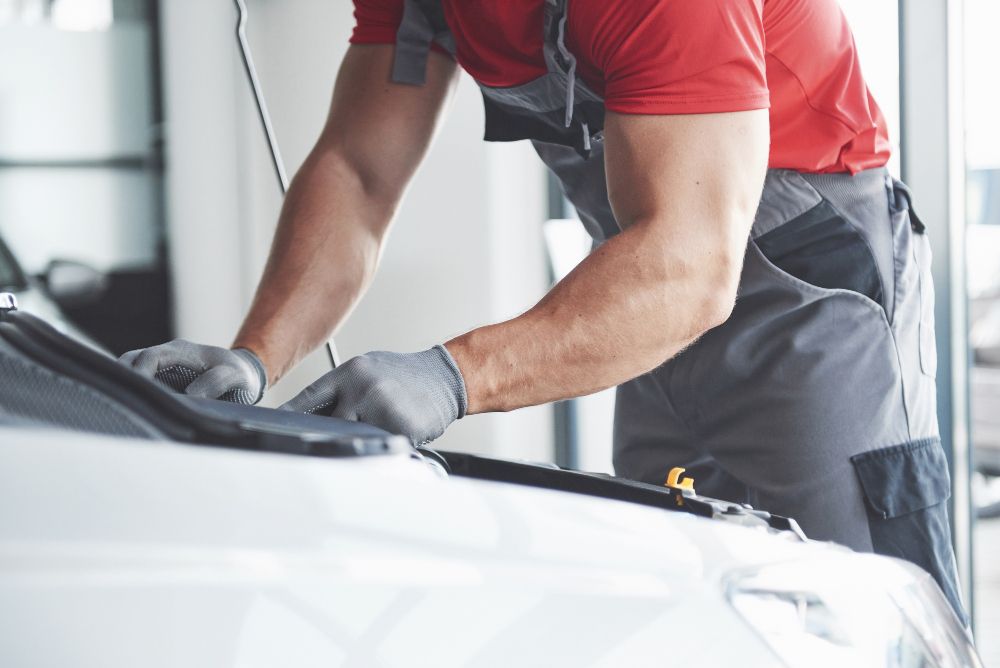
Comprehensive Guide to Automotive Maintenance Repair and Essential Tools
Discover the essentials of automotive maintenance repair and the tools you need to perform repairs effectively, whether for gas or electric vehicles. Explore top products like the foldable aopside automotive engine creeper and diagnostic tools to maintain and troubleshoot your car effortlessly.
By Md Monirul Islam
Published: Nov 8, 2024

Car Dent Repair | Save Money & Restore Your Vehicle
Learn how to fix a car dent and save money! DIY dent removal tips, car dent repair costs, and get a dent cost estimate. Fix small to large dents, hail, and bumper damage.
By Md Monirul Islam
Published: Mar 13, 2025
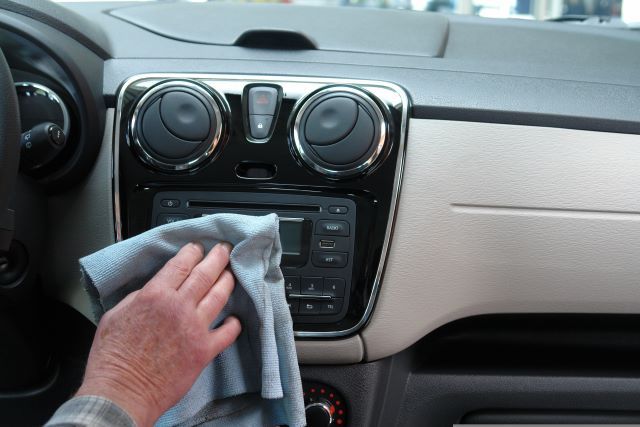
Car Interior Detailing Guide | Tips, Tools, and Best Products
Master car interior detailing at home! Get step by step DIY cleaning tips, tackle stains & odors, and discover top rated products for carpets, seats, and dashboards. Achieve professional results effortlessly!
By Md Monirul Islam
Published: Feb 26, 2025
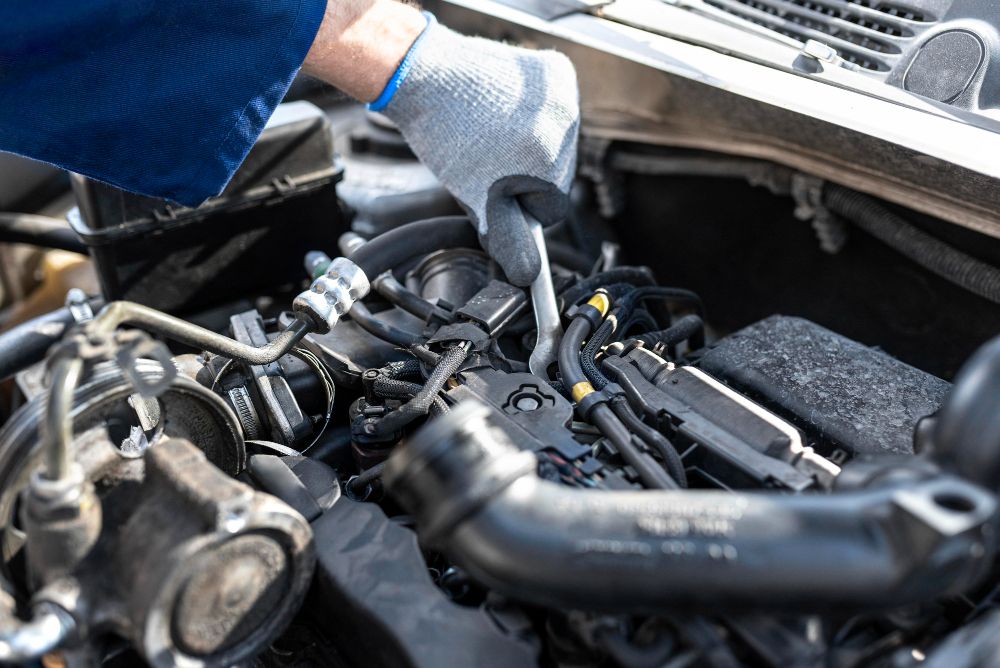
Comprehensive Guide to Car Engine Parts and Their Functions
Discover the essential car engine parts that power your vehicle. Learn about engine parts like the pistons, crankshaft, camshaft, engine block, and other parts of a car engine. Understand how these engine parts work together for optimal performance and cost savings.
By Md Monirul Islam
Published: Jan 7, 2025
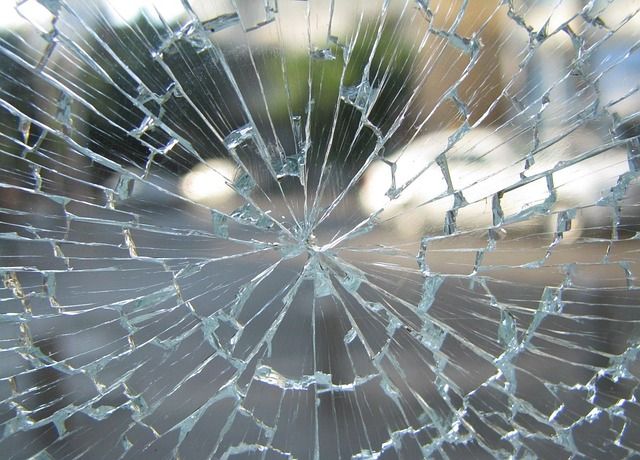
How to Fix Car Damage by Hail: Effective Repair Tips & Tools
Learn how to repair car damage caused by hailstorms effectively. Discover essential tools like windshield repair kits, paintless dent repair kits, and hail protectors to protect and restore your vehicle.
By Md Monirul Islam
Published: Nov 8, 2024
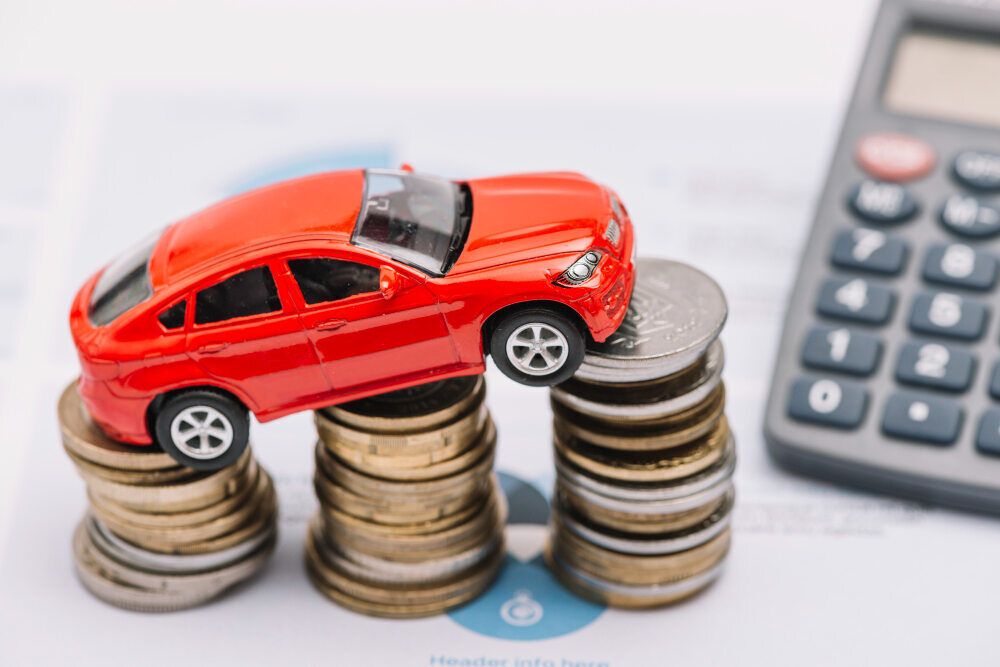
Overspending on Auto Car Detailing? Discover Smart Hacks and Techniques!
To save extra costs, check out the best auto car detailing hacks ever written. Learn everything you need to know about auto detailing.
By Md Monirul Islam
Published: Nov 3, 2024
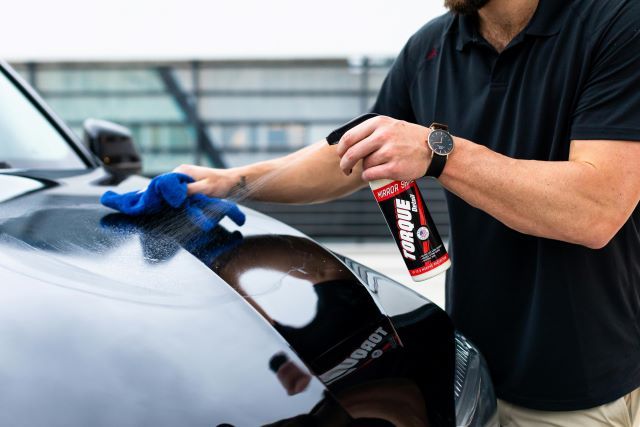
Long-Lasting Car Wax Solutions | Protect & Shine Your Car’s Paint
Discover the best long-lasting car wax to protect your paint from UV rays, oxidation, and contaminants. Find top-rated products, expert tips, and a buyer’s guide for the perfect shine.
By Md Monirul Islam
Published: Mar 5, 2025